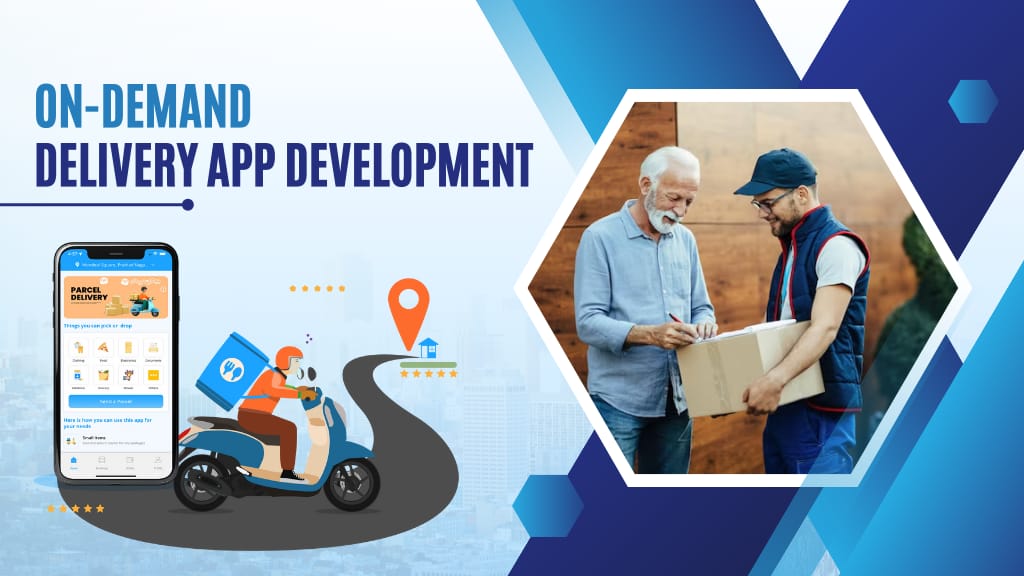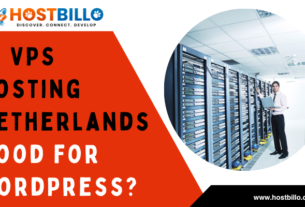Creating an On-Demand Delivery app from scratch is a challenging task. It requires intuitive and critical thinking, as your goal is to sell each app’s services effectively. Developing such a massive application requires seamless and transparent communication from the developer’s perspective. In this blog, learn about the role of frontend and backend developers in creating on-demand applications.
Introduction
Since the creation of the first software in the early days of software development, programming languages have evolved significantly. Coupled with the rapid emergence of devices, countless programming languages have been introduced in terms of complexity and compatibility. Individuals responsible for creating such languages are visionaries constantly on the edge of finding the next big thing in the world of tech.
The current mantle on the market is the multi-service, on-demand applications that have turned many companies into well-known unicorns in their region. Let’s take a closer look at such apps from the perspective of their creators, aka developers.
What Is An App Developer?
An app developer builds, designs, and maintains applications by translating software requirements into programming codes for business needs. Moreover, they can design mobile applications across several platforms for users to interact with. Learning code and specific programming skills are essential for an app developer to work for an app development company. To understand their perspective on creating on-demand delivery apps, you must understand what on-demand means in today’s app development environment.
What Is An On-Demand Delivery App?
‘On-demand’ usually refers to making a service available to a customer when demand arises. In the context of a delivery app, such demands usually connect time-sensitive customers with independent service providers via a fast and scalable platform. In other words, such an app mediates between a business and a customer.
Furthermore, it gives them a secure platform to find each other in the first place on mutually satisfactory terms. Here, the transactions differ from those in a traditional setting, as everything is done online via fast payment gateways.
As a result, on-demand applications have gained popularity due to their potential to meet the demands of each particular individual. Users expect to get what they need at any given moment by tapping a couple of times on the screen. Besides, the delivery bar has been raised so high that this is the only option that can challenge the efficiency and security of on-demand delivery apps.
Types of On-Demand Delivery Apps
The delivery market is booming. As a result, on-demand delivery services have become an integral part of modern life as they offer a win-win solution for providers and customers. If you are starting a delivery business, you should know the types of different delivery verticals you can enter.
Food and Groceries
This shouldn’t come as a surprise to you. Doorstep delivery of food or essential groceries is probably what started the new wave of on-demand businesses to start services. Using state-of-the-art food and grocery delivery applications, customers and restaurants can adequately support each other’s demands.
The market is expected to surpass $1.65 trillion USD by 2027. Not looking to decline anytime soon, the food and grocery delivery market is currently going through a highly competitive surge to find new and practical ways to reach their customers in new regions and situations. Therefore, if you plan to enter this market specifically, you need a developer who can surpass your expectations and create an intuitive and visually appealing application for your customers.
Healthcare
The healthcare market is very broad and full of opportunities for on-demand delivery businesses. Contrary to popular belief, it is not limited to doorstep medicine delivery but has the potential to do much more. By connecting patients with doctors at any given time, the on-demand platform holds endless possibilities to change how most people view healthcare apps.
Your customers can book a doctor’s appointment in advance, connect over the app through video conferencing, and even get the required medicine in just under a few minutes! As a result, the on-demand healthcare market has grown significantly over the last few years. At the current pace, it is expected to surpass USD 460 billion by 2030. With a simple and minimalistic design, modern on-demand delivery apps can reach patients without the resources to seek in-person treatment.
Home Services
The need for on-demand home services to help customers find reputable services without relying on word-of-mouth referrals has significantly increased. Moreover, the growth of the gig economy and the accessibility of flexible work options are key contributing factors for on-demand businesses to succeed quickly.
Like healthcare, the home service market is very broad. It supports multiple professions, such as lawnmowers, plumbers, and cleaners. By 2030, the on-demand home service market is expected to generate around USD 15 billion in revenues!
Role Of Frontend And Backend Developers
When the user generates a delivery order request, it is processed from the app’s front end to the back end. Furthermore, the backend takes this order request and sends it to the external app until it is met. Hence, the developer ensures that this process must proceed with no lags or glitches at any given time.
Here, the front end ensures that whatever is on the screen must be professional and attractive for a successful order. On the other hand, the backend ensures that the data and its key features perform correctly via clean codes.
While the developers ensure that there are no bugs in what they develop, they are also responsible for developing a delivery app as per the business requirement. Using all their technical skills, they also identify and test which app areas need improvement over time. A good developer takes feedback, diagnoses countless issues, and debugs to avoid future conflicts.
Your on-demand delivery app creation idea can only take off if you have a good front-end and back-end developer team. Moreover, since an on-demand app differs from a normal functioning app, a wide range of features accounts for your business growth over your competitors.
That is why most on-demand apps today take at least one year to launch! However, there is an alternative solution for this that most modern entrepreneurs are using to enter the on-demand market within weeks.
On-Demand Delivery App Creation From A Clone Perspective
Picture this: you have researched your market and found a great delivery idea for your region. However, the cost of developing such an idea into an app is out of your budget. What will you do then? Ready-made Delivery Clone Apps might be the answer.
The ready-made clone apps are in demand because they skip the design and development phases. This solution is very helpful for those who don’t have the budget to hire or pay expensive developers for months. Moreover, it allows them to instantly get an app fully designed and developed by third-party developers.
In other words, as a business owner, you buy a ready-made app that matches your delivery idea and has all the features you aim to develop from scratch. Generally, an experienced white-label firm offers such kinds of apps. Still, you must ensure you buy from the right place by looking at your portfolio and video testimonials.
Since they have been in great demand, most delivery clone apps have licensed source codes customized later for business needs. Changes like business name, logo, app color, payment and SMS gateway, language, and currency are done in weeks for the app to launch within the timeline.
Conclusion
The overall development of the on-demand delivery app, like any other mobile application, requires the unceasing support of its developers. A flourishing on-demand business works well in the app department when the developers have followed each instruction carefully. As a result, writing a piece of code without bugs or any other inconsistencies has been the most rewarding feat for entrepreneurs to achieve. You can accomplish this with proper and thoughtful planning, as this will allow your developers to work their magic in a time-intensive environment.




